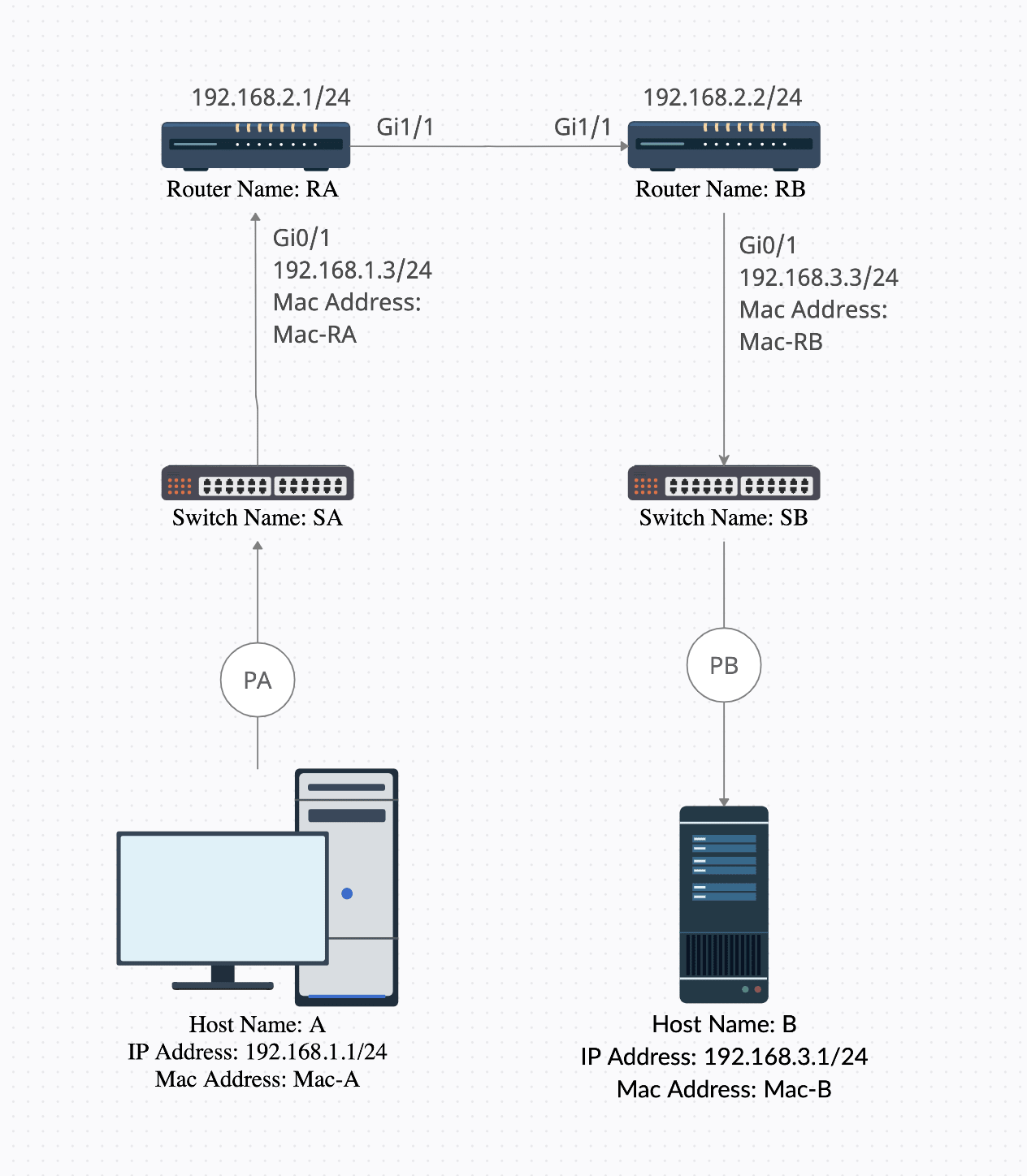Cisco Router Configuration: This skill involves the configuration and management of Cisco routers, including setting up interfaces, routing protocols, and security features. It is crucial to assess this skill to ensure that candidates can effectively configure and troubleshoot routers within a Cisco network infrastructure.
Cisco Switch Configuration: This skill pertains to the configuration and management of Cisco switches, including VLANs, spanning tree protocols, and port security. Measuring this skill is important to assess a candidate's ability to configure and maintain a reliable and secure switching infrastructure.
Routing Protocols: This skill covers the understanding and implementation of routing protocols, such as OSPF, EIGRP, and BGP, for efficient routing within a network. It is essential to measure this skill to evaluate a candidate's expertise in designing and troubleshooting complex routing environments.
Switching Technologies: This skill encompasses the knowledge and application of switching technologies, including advanced switching features like VLANs, STP, VTP, and EtherChannel. Assessing this skill is crucial to ensure that candidates can effectively design and manage a high-performance switching infrastructure.
WAN Technologies: This skill involves the understanding and configuration of wide area network (WAN) technologies, such as PPP, HDLC, Frame Relay, and VPNs. Measuring this skill is important to assess a candidate's proficiency in establishing and maintaining reliable connectivities across geographically dispersed networks.
Network Security: This skill focuses on the implementation of network security measures, including access control lists (ACLs), firewalls, and VPNs, to protect network resources and data. Assessing this skill is crucial to evaluate a candidate's ability to design and maintain secure network infrastructures.
IP Addressing and Subnetting: This skill involves the understanding and application of IP addressing and subnetting concepts, including subnetting IP networks to efficiently allocate IP addresses. Measuring this skill is important to assess a candidate's proficiency in designing and managing IP networks.
Troubleshooting Cisco Devices: This skill covers the ability to diagnose and resolve issues with Cisco devices, including routers and switches, using troubleshooting methodologies and commands. Assessing this skill is crucial to evaluate a candidate's troubleshooting capabilities within a Cisco networking environment.
Network Management: This skill pertains to the knowledge and application of network management tools and protocols, such as SNMP and Syslog, for monitoring and managing Cisco devices. Measuring this skill is important to assess a candidate's ability to effectively monitor and maintain network infrastructures.
Virtual LANs (VLANs): This skill involves the configuration and management of virtual LANs (VLANs) to logically segregate and control network traffic. Assessing this skill is crucial to evaluate a candidate's ability to design and implement VLANs in a Cisco networking environment.
Quality of Service (QoS): This skill encompasses the understanding and implementation of quality of service (QoS) mechanisms to prioritize and manage network traffic based on specific requirements. Measuring this skill is important to assess a candidate's ability to optimize network performance and prioritize critical applications and services.






















































